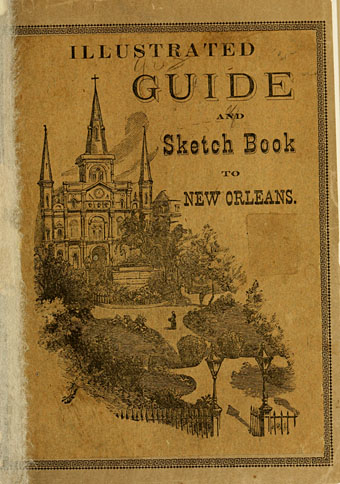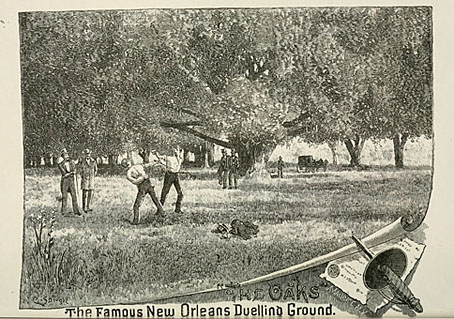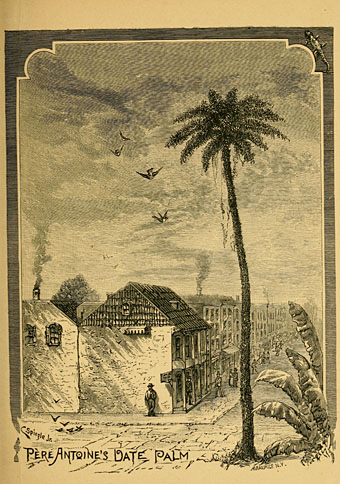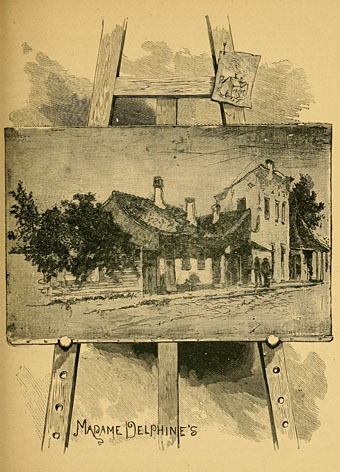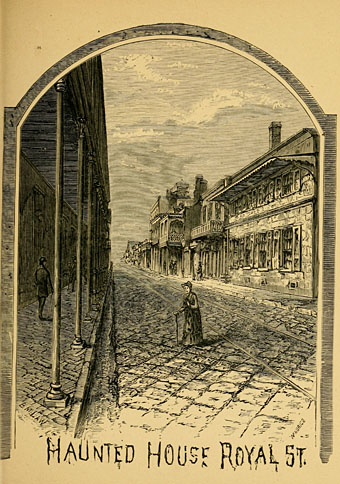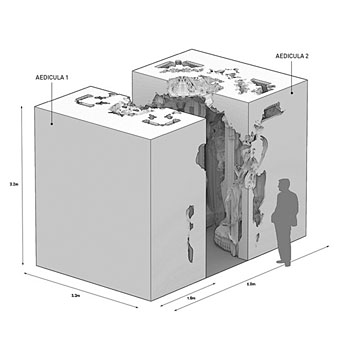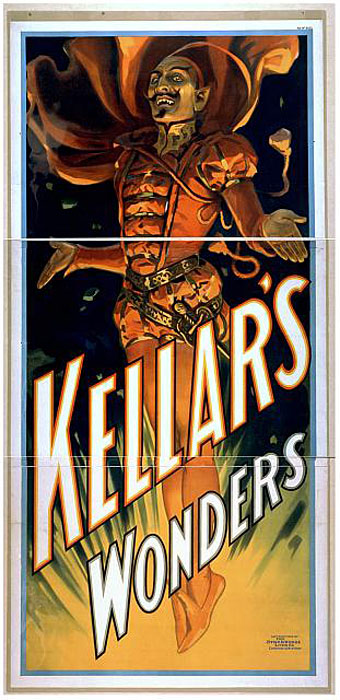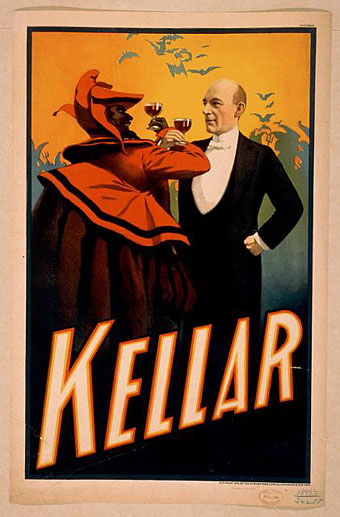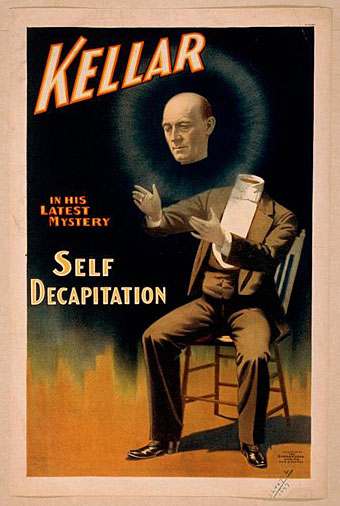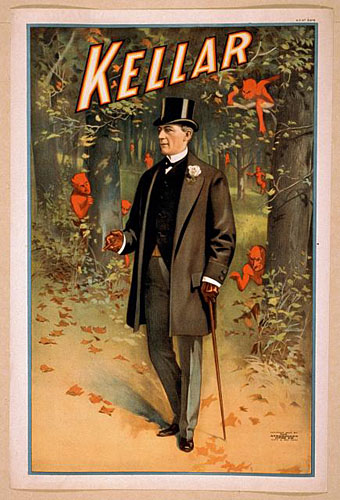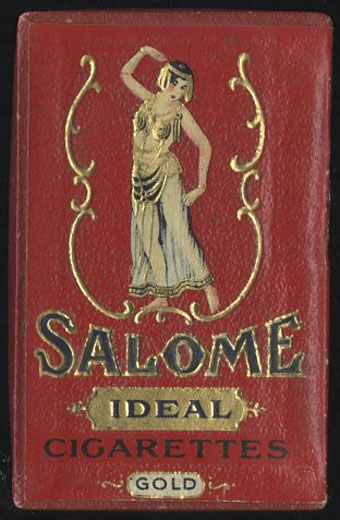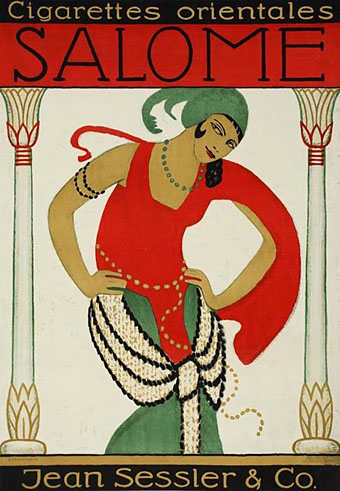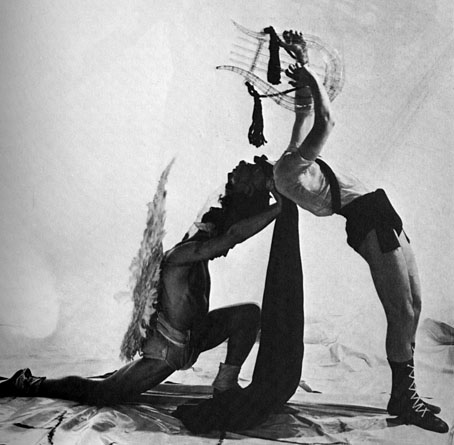
The photo above has appeared here before—it’s one of a number of dance photos taken by the great George Platt Lynes—but its subject has (for me at least) always been the source of some confusion. Since I dislike being nagged by petty conundrums I make a cursory search every so often to see if more details might be found. Five years ago all I knew was that the picture appeared in Philip Core’s Camp: The Lie that Tells the Truth (1984) where it was credited as showing dancers from Balanchine’s Icarus. Additional confusion was sown by a photo site showing the picture below with a statement that it was a) a Lynes photo (correct), and b) from Balanchine’s Die Fledermaus (wrong). No dates were given. The presence of a lyre made Orpheus seem a more likely subject: Balanchine wrote an Orpheus ballet for a Stravinsky score in 1948 but photos of that production showed very different dancers and costumes.
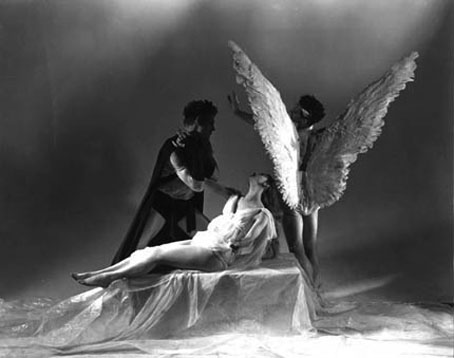
It turns out that these photos are indeed for a Balanchine ballet on the Orpheus theme, a short-lived production, Orpheus and Eurydice, from 1936 based on music from Gluck’s opera. The dancers are Lew Christensen, William Dollar and Daphne Vane. What’s most surprising now is having found a photo that’s almost but not quite the one from the Core book; photos from this session are elusive, with searches hampered by other photos taken by Lynes of Balanchine’s later ballets. There may be more in this series.
Pinterest is a good place to see more of Lynes’ photos which range from fashion shoots and celebrity portraits to moody, and occasionally surreal, homoerotica.
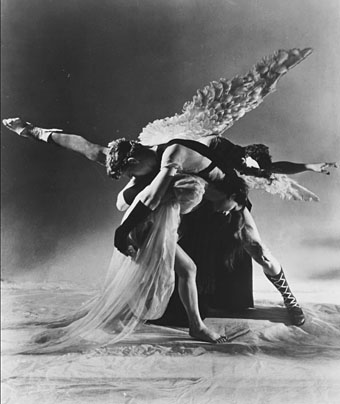
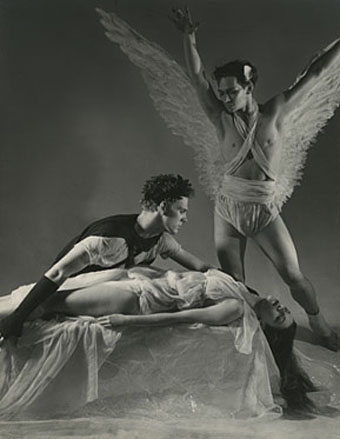
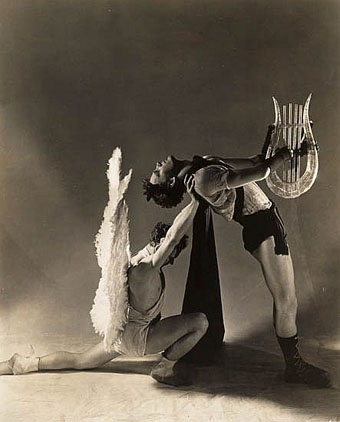
Previously on { feuilleton }
• The end of Orpheus
• The recurrent pose 17
• George Platt Lynes

